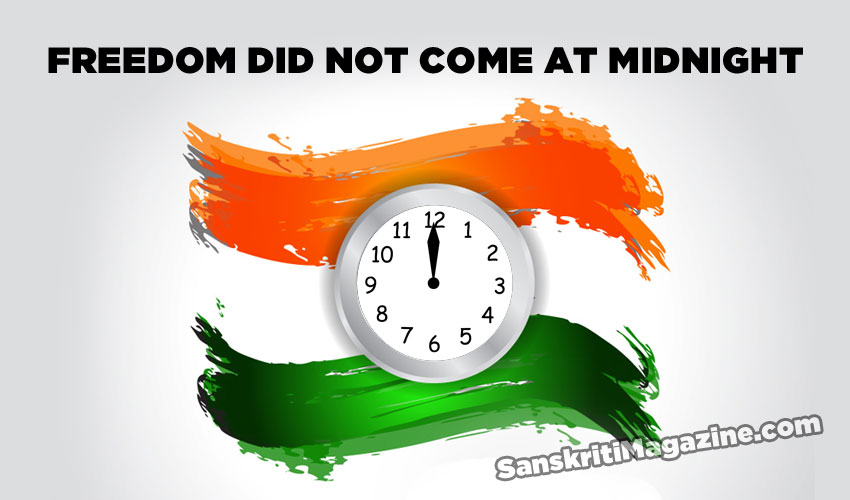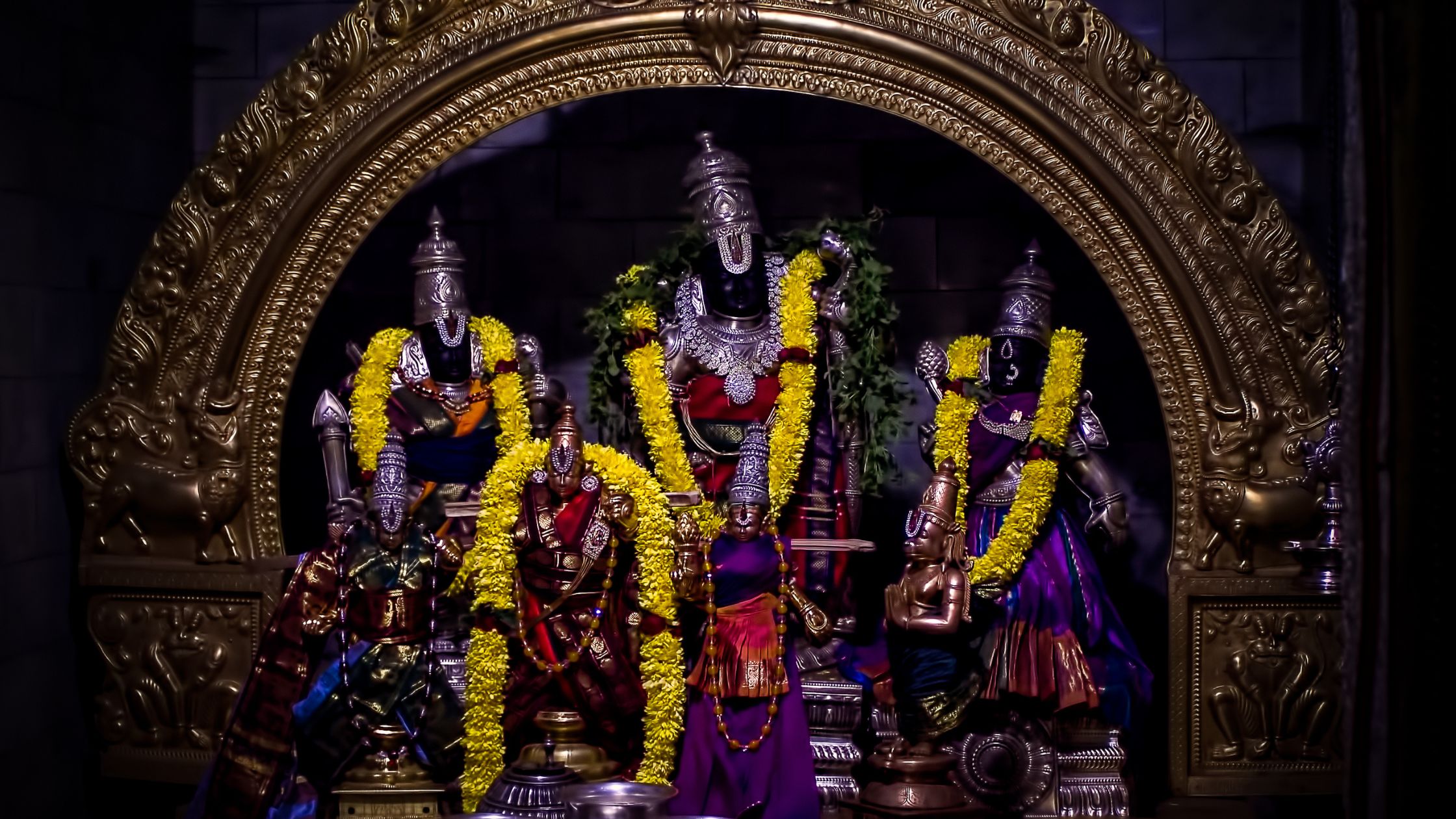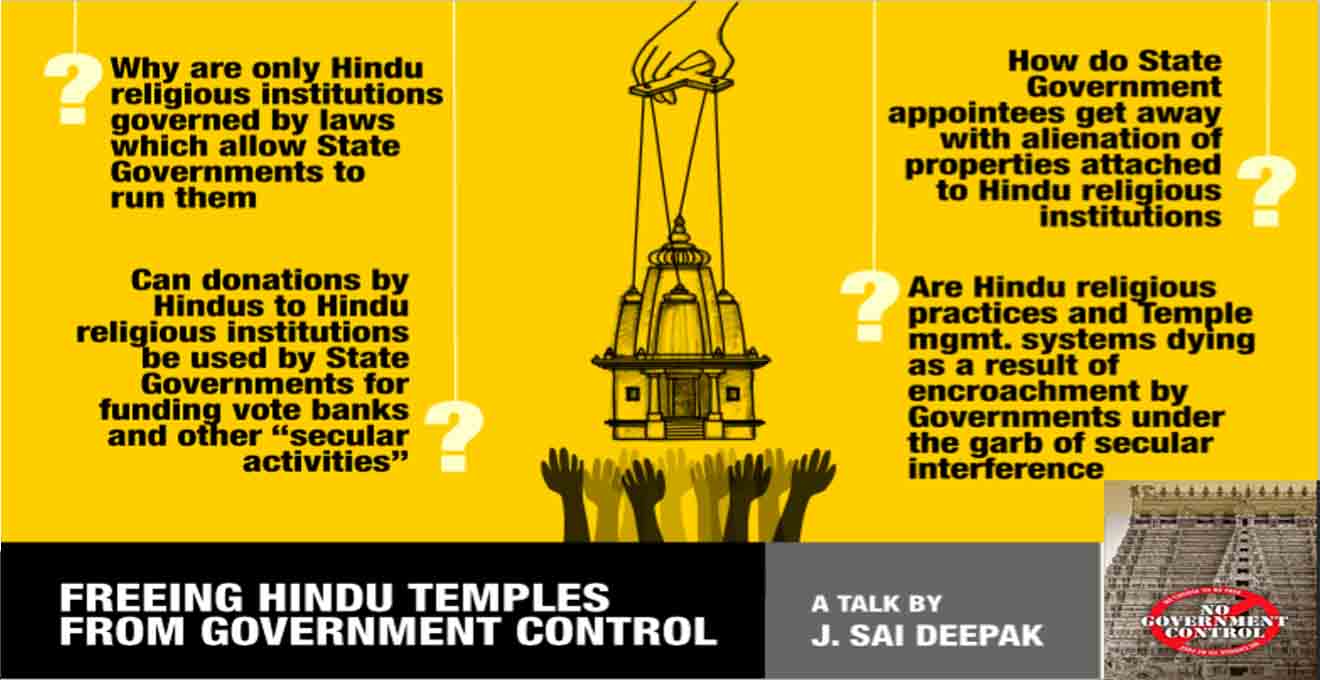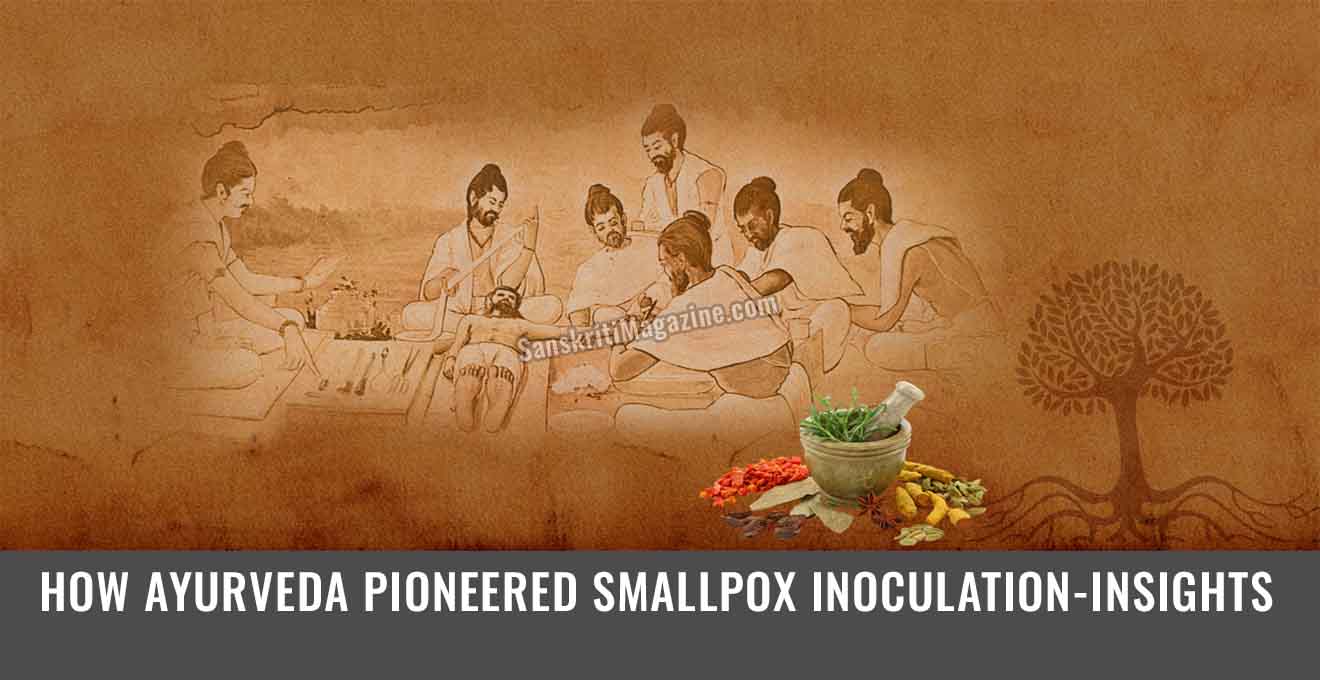The principal architects of India’s independence are not the usual suspects.
A persistent Indian myth gleefully accepted as truth by the country’s liberals and Macaulayites – a class of people western in outlook but Indian in looks – is that freedom came too easy. The British, the myth goes, after ruling India for 190 years, became so tired of the responsibilities of running an empire that they simply wound up their empire and left.
Yeah, right! This myth would be laughable if it weren’t so sinister. Though it was clearly invented by the British to cover their ignominious and hasty retreat from India, millions of Indians have been brainwashed into swallowing the myth wholesale. Many Indians believe M.K. Gandhi used the weapon of non-violence and shamed the British colonialists into leaving India, and since then both countries have been best friends.
Freedom didn’t come overnight. It was obtained at a great cost – the sacrifice of millions of Indian lives. Contrary to the belief that the British period was a time of great stability, India was in fact roiled by uprisings and rebellions everywhere, virtually throughout colonial rule.
The First War of Independence of 1857 was the biggest uprising against the British. The sweep of the war covered nearly the entire country and for months India was turned into one massive battlefield. Britain came perilously close to losing its most prized possession: India. (Dr B Ambedkar considered the 1857 Mutiny to be a revolt by Muslims to reestablish their rule over India – Editor.)
In War of Civilisations: India AD 1857, Amaresh Misra, a writer and historian based in Mumbai, argues that there was an “untold holocaust” which caused the deaths of almost 10 million people over 10 years beginning in 1857. Speaking to The Guardian newspaper, Misra said, “It was a holocaust, one where millions disappeared. It was a necessary holocaust in the British view because they thought the only way to win was to destroy entire populations in towns and villages. It was simple and brutal. Indians who stood in their way were killed. But its scale has been kept a secret.”
After the British re-conquered India, The Guardian itself wrote about the savage retribution that followed: “We sincerely hope that the terrible lesson thus taught will never be forgotten.”
Here’s what the writer Charles Dickens remarked: “I wish I were commander-in-chief in India … I should proclaim to them that I considered my holding that appointment by the leave of God, to mean that I should do my utmost to exterminate the race.”
The Vellore Mutiny of 1806 predates even the war of 1857 by half a century. The revolt, which took place in the south Indian town of Vellore, was rather brief, lasting only one full day but brutal, as mutineers broke into the Vellore fort and killed or injured 200 British troops, before they were subdued by reinforcements from nearby Arcot.
Again, in 1824, Rani Chennamma, the queen of the kingdom of Kittur in Karnataka, led an armed rebellion against the British. The queen, born 56 years before 1857 leader Rani Laxmi Bai, was the first woman to fight against the British.
From 1858 to the beginning of 1900s the British enjoyed some semblance of stability. This can well be described as the time when they undertook the task of the destruction of thriving Indian industries, including spinning, weaving and metallurgy, as well as agriculture and trade.
Angered by the havoc being wreaked by the British, the revolutionary forces now gathered for a new phase of struggle. They derived inspiration from the cult of nationalism preached by Bankim Chandra Chatterjee, Swami Vivekananda and others during the last quarter of the nineteenth century. Chatterjee’s soul-stirring cry of Vande Mataram or Hail to the Mother, which he penned in 1882, became the hymn of nationalism.
The spark for a full-fledged struggle came in 1905 with the launch of Swadeshi – the refusal to buy foreign goods and the promotion of indigenous industry. This massive pan-Indian movement aroused the spirit of nationalism. It was Veer Savarkar who first lit the bonfire of foreign clothes in Pune on 7th October 1905. (Ironically, MK Gandhi, who much later became the leader of the freedom struggle, criticized that action from far away South Africa although he himself did precisely that sixteen years later.)
While the educated classes were fighting the British through Swadeshi, violent outbreaks were happening all over India. In Jharkhand, Birsa Munda led a long struggle directed against the British. In 1914 Jatra Oraon started what is called the Tana Movement, which drew the participation of over 25,000 tribes people. In 1920, the Tana Movement stopped the payment of land taxes to the colonial government. The fire of revolution spread even to the Indian rulers – the Raja of Darbhanga at great risk fully supported the resisting farmers. In the tribal tracts of Andhra Pradesh a revolt broke out in August 1922. Led by Alluri Sita Rama Raju, the tribes people of the Andhra hills succeeded in drawing the British into a full-scale guerrilla war.
A hugely popular force was the Khaksar Movement founded by Allama Mashriqi in Lahore. Mashriqi wanted no compromise with the British. Comprising Muslims, Hindus and Sikhs, the Khaksar had four million members and thousands of offices all over India. Its activities for mobilising the nation included holding parades in public places, staging mock wars, organizing training camps and striving to create a strong brotherhood of Muslims and non-Muslims in order to jointly overthrow foreign rule. Mashriqi and his young sons were arrested and tortured.
Both Hindus and Muslims were more than willing to unite against the British, as they demonstrated by joining the Indian National Army of Subhas Chandra Bose. It demonstrated to the British that there was no safety for them in India. The British were feeling the heat at home too. Bhagat Singh exploded a bomb in the British Parliament. The revolutionary Uddham Singh went to the UK and assassinated Michael O’ Dwyer, the British Lt Governor of Punjab, for the murder of over 2000 unarmed men, women and children in Jallianwallah Bagh. While General Reginald Dyer, who personally supervised the massacre of the peaceful gathering, had boasted in court he would do it again, O’ Dwyer had called his action “the right thing”.
Meanwhile, the British, addicted to the easy loot from India, even as millions of Indians were dying in man-made famines, were not prepared to leave. As Neville Chamberlain put it clearly: “The astonishing gold mine that we have discovered in India’s hordes has put us in clover.” Churchill was adamant. “I have not become prime minister to preside over the demise of her majesty’s empire,” he said.
But after the Second World War, the momentum of the freedom movement led to growing militant actions that weakened British authority in an irreparable way. According to M.G. Agrawal in his four-volume Freedom Fighters of India, “In February 1946 the Indian Navy declared an unprecedented strike. It quickly drew support from the Indian crews of all the 20 vessels anchored in Bombay port; 20,000 naval ratings revolted.” The British panicked because the single biggest factor that facilitated colonialism was the military.
Clement Atlee, the British Prime Minster, who decided to finally quit India, told chief Justice P.B. Chakrabarty of the Calcutta High Court that the principal reasons why Britain decided to quit India was the erosion of loyalty to the British Crown among the Indian army and navy personnel.
According to Fenner Brockway, political secretary of the Independent Labour Party of England, the two major causes of Britain’s hasty exit from India were: “One, the Indian people were determined to gain independence. Two, was the revolt by the Indian Navy.”
Indian soldiers, whose brilliant performance on the battlefields of Europe had won them grudging praise from the British as well as the Germans, had seen firsthand the collapse of the British in the face of the German challenge, which exploded the myth of the invincibility of British arms. Indeed, US Army generals like Bradley and Eisenhower had expressed contempt for the British Army’s fighting skills.
Britain was also in steep decline. London had been nearly destroyed by the German Luftwaffe and V-2 rockets. The Russians and Americans were the new superpowers, and both wanted an end to colonialism. The British had no stomach for a fight with Indians and were looking for a face-saving exit from India.
Independence came through the indefatigable spirit of our revolutionaries rather than the mere transfer of power at midnight.
~ by Rakesh Krishnan Simha, features writer at Fairfax New Zealand. He has previously worked with Businessworld, India Today and Hindustan Times, and was news editor with the Financial Express.)











